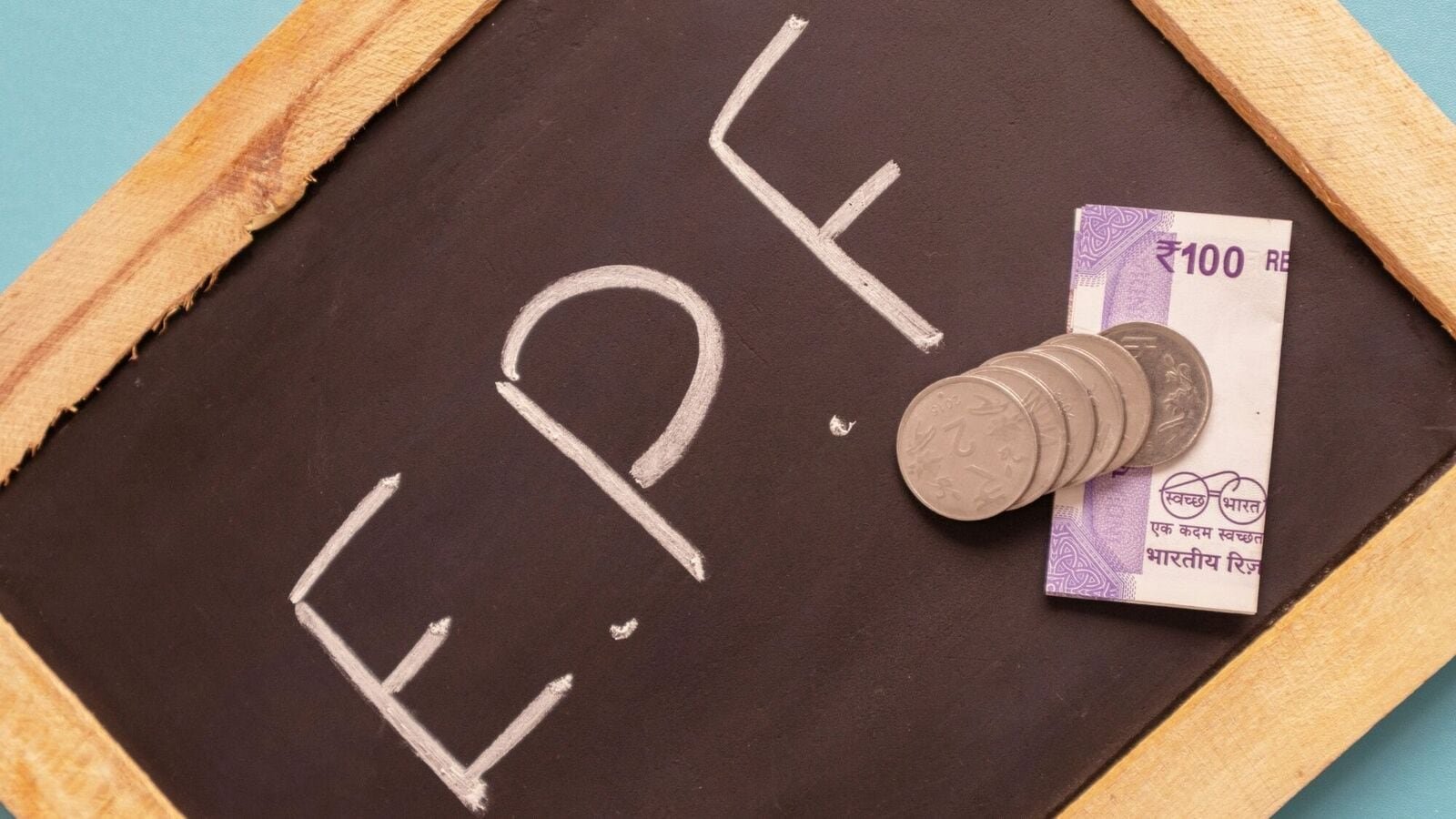Some people like to keep the money in their Employees’ Provident Fund untouched even after retiring to let it continue to accrue interest. However, certain rules come into play with this, involving taxes, the interest accrual period, and the duration for which the funds can remain unclaimed.
Here’s how it all works.
Remaining a member
An individual can continue to be a member of the Employees’ Provident Fund Organisation (EPFO) even after leaving his or her job, and there is no age restriction on membership.
However, for interest to be paid on the funds, there needs to be an employee-employer relationship and active monthly contributions.
Also read: Why withdrawal of money from your PF is fraught with challenges
According to a recent amendment, in case an employee retires after age 55, interest accruals stop after 36 months from the date of last employer contribution to the account if the account holder doesn’t withdraw the EPF corpus.
This means after active contributions cease, the funds continue to earn interest, but this is taxable at the account holder’s stab rate. More on this later.
Not withdrawing funds
The account becomes inoperative 36 months from the date of the last employer contribution.
If the amount is unclaimed seven years after becoming inoperative, it will be transferred to the Senior Citizens’ Welfare Fund.
If the amount remains unclaimed 25 years after this transfer, the union government has the right to claim the funds.
Tax on interest
The interest earned after the last active contribution is taxable as ‘income from other sources’ at the EPFO account holder’s slab rate. However, the interest accrued up to that point remains tax-exempt.
As the EPFO does not deduct tax at source, this tax does not appear in Form 26AS, which contains details of all tax deducted at source and collected at source. Account holders are responsible for including this interest income under ‘income from other sources’ when filing their tax returns.
Also read: What you can do to get your employer to deposit PF, TDS
For an account holder with the highest income tax rate of 30%, the interest earned on EPF funds drops from 8.25% – the current notified rate – before tax to 5.75% after tax. This post-tax rate can be higher if the account holder is in a low income tax slab or if the EPFO offers a higher interest.
Accounting method
According to tax experts, account holders must follow one method of declaring their income and stick to it. While the system offers two methods – accrual and receipt – individual taxpayers need to follow the accrual method.
In accrual-based accounting, income is recognised when it is earned, even if the cash has not been received yet. In receipt accounting, income is recognised only once the cash is received.
Balwant Jain, a tax and investment expert in Mumbai, said account holders must choose one method and stick to it year after year. They cannot change the methodology after retirement unless they have compelling reasons to do so.
Also read | New tax regime: Should you continue to invest in tax saving instruments such as PF, PPF, Insurance?




